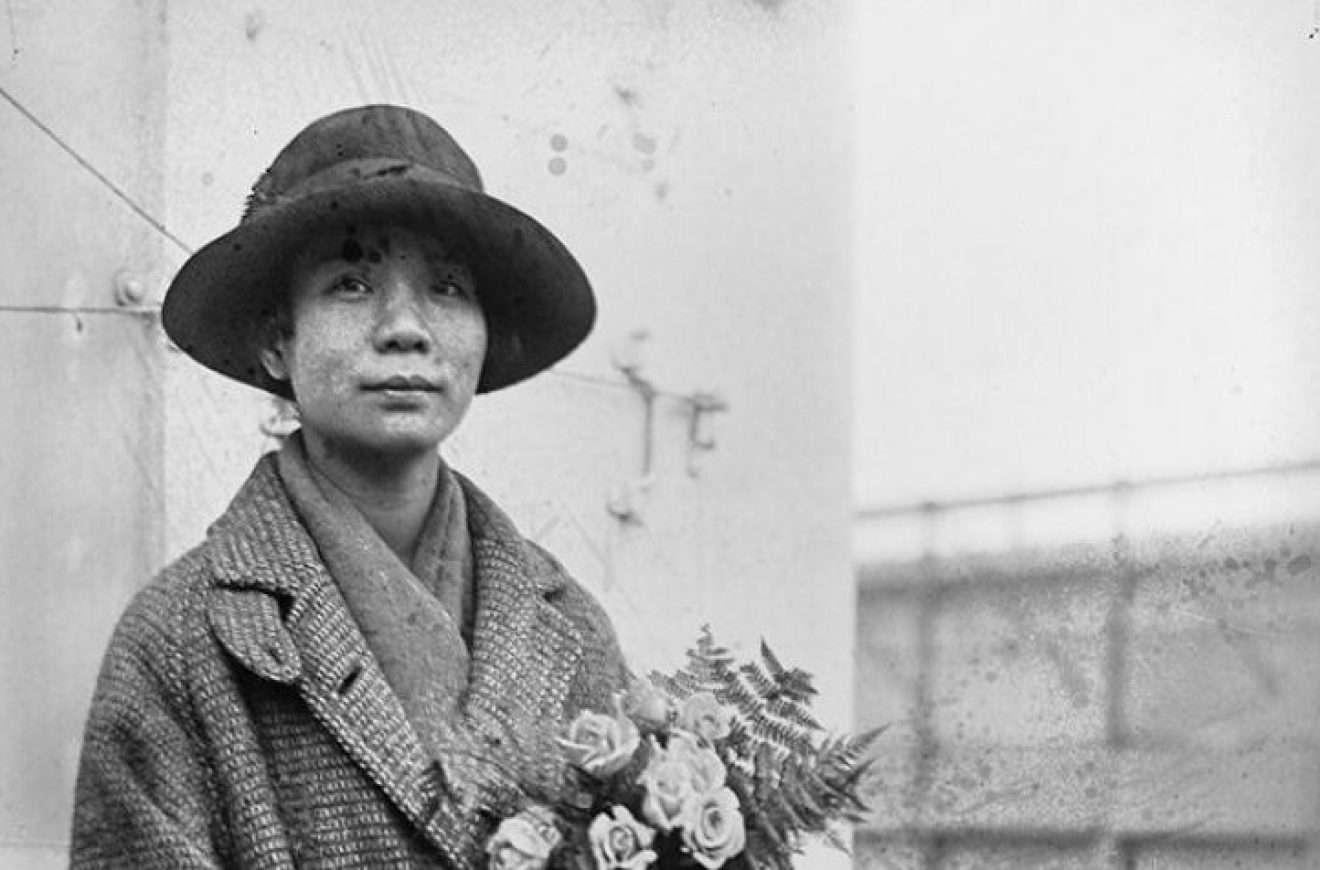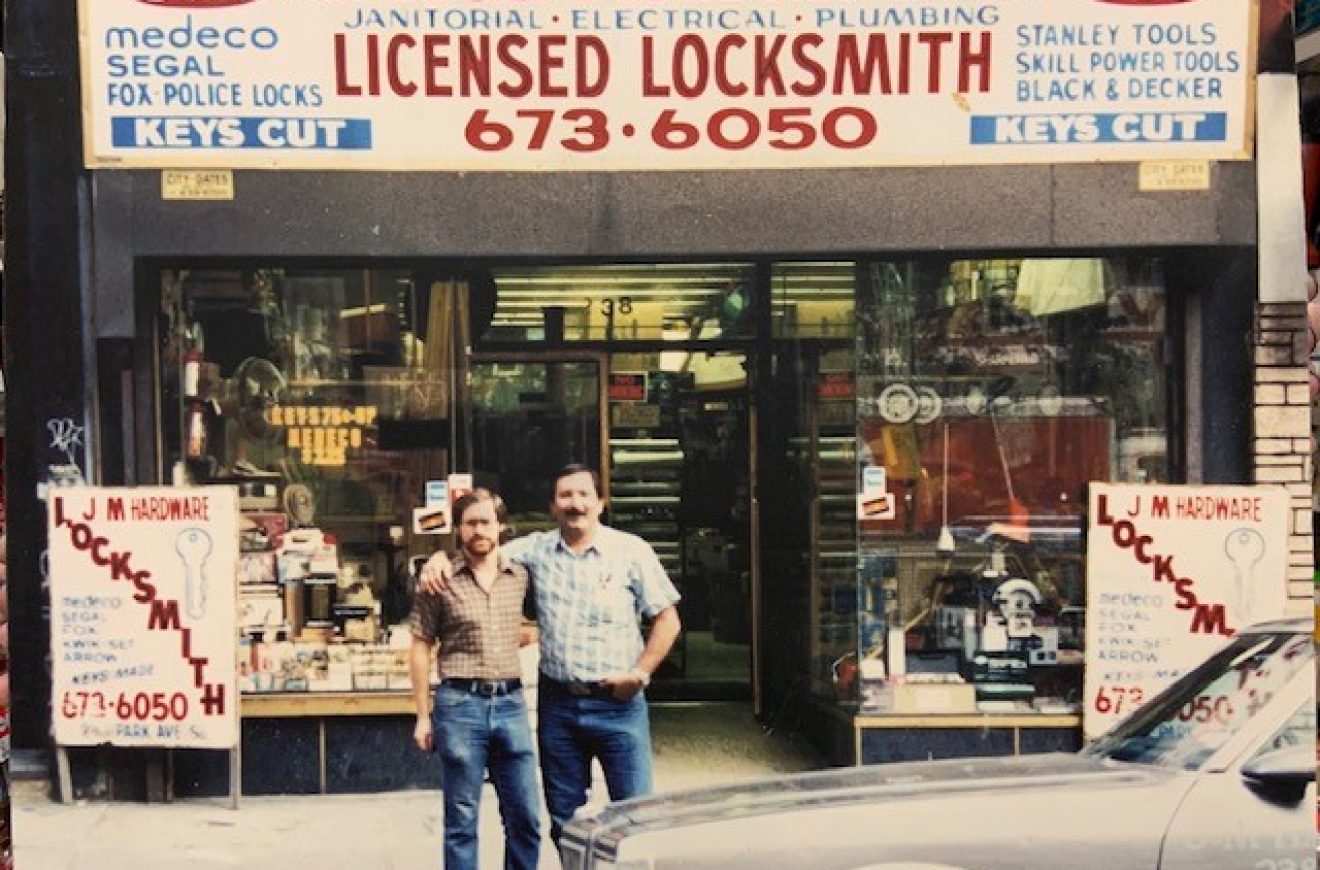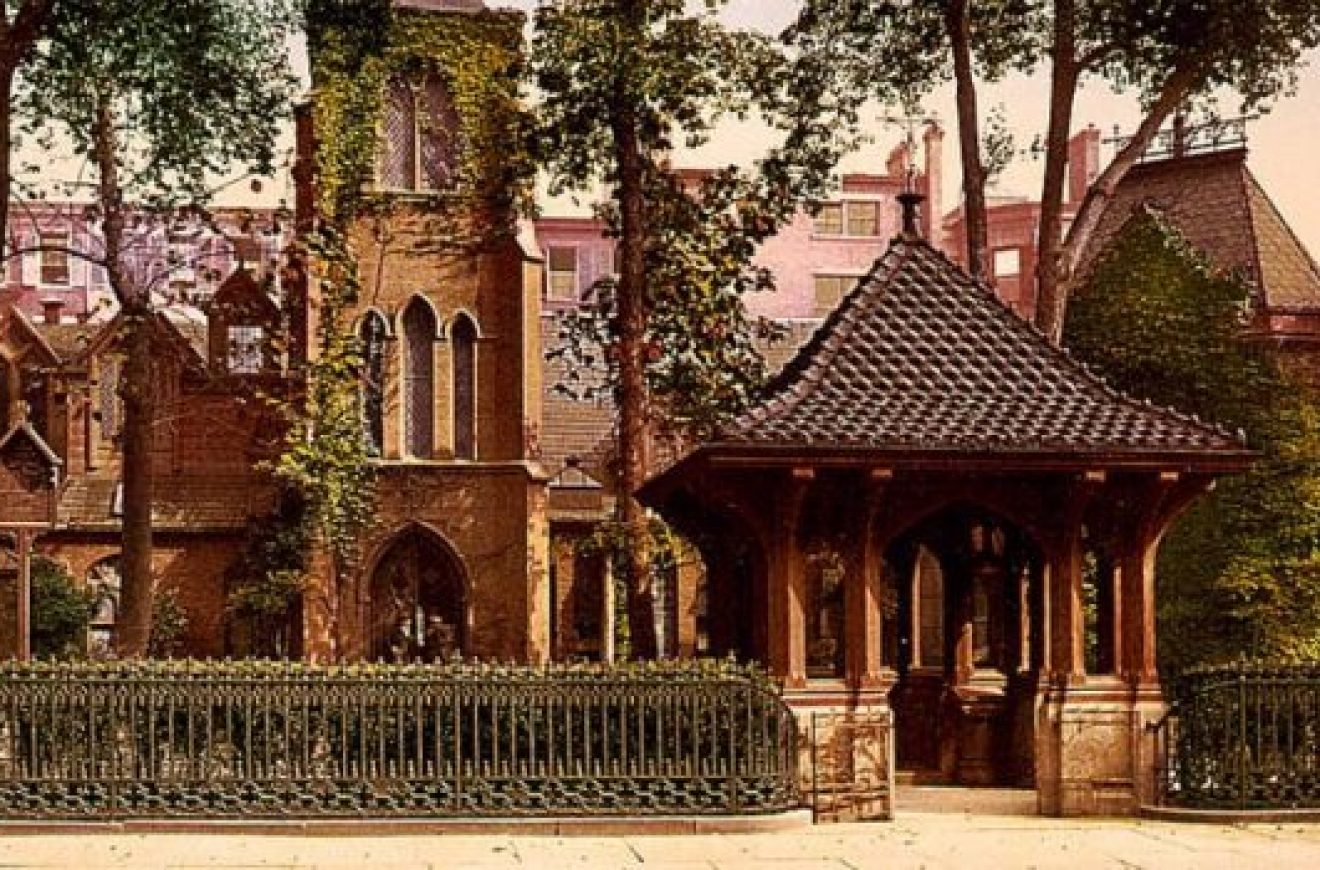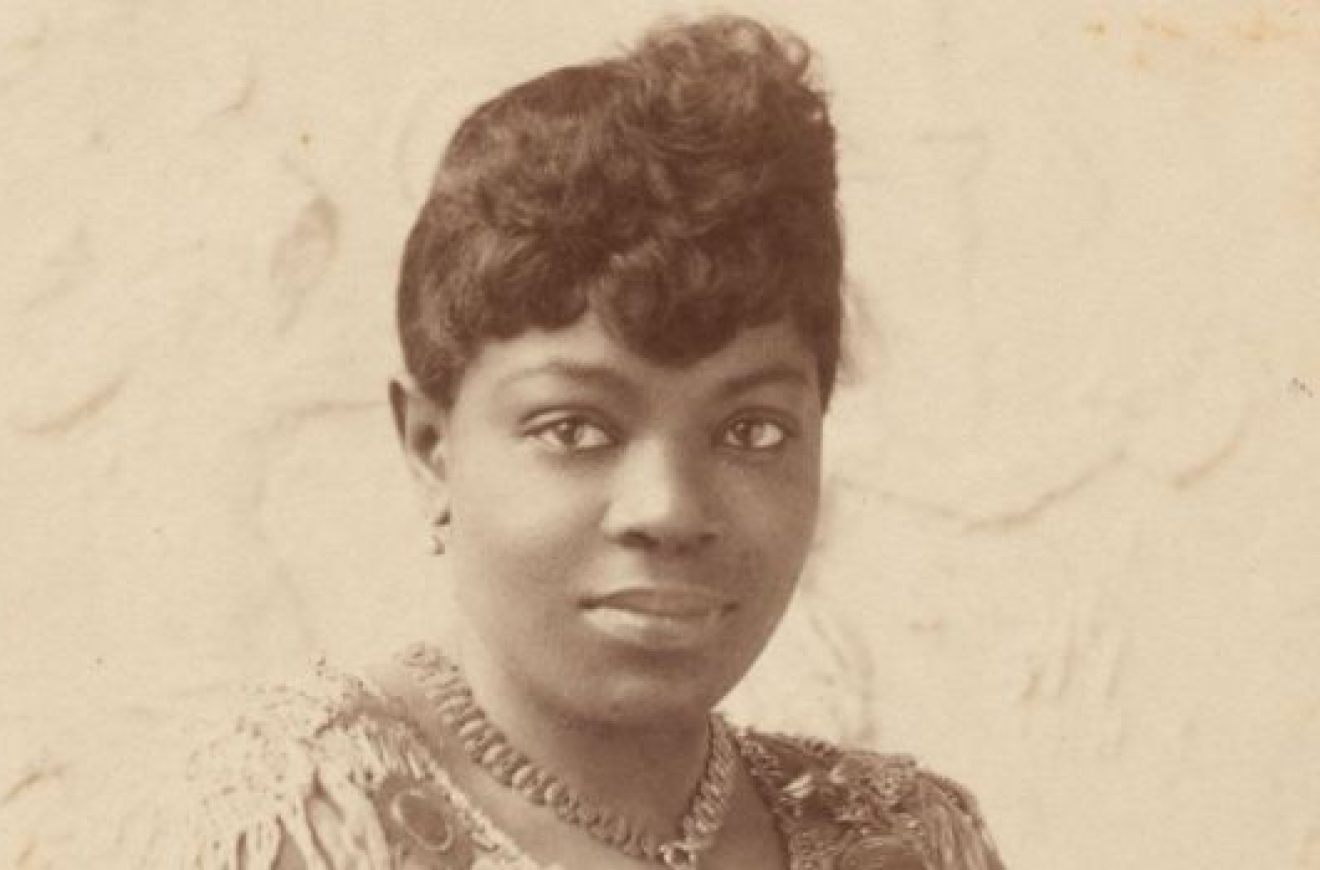Staying Fit Then & Now
Jan 4, 2019
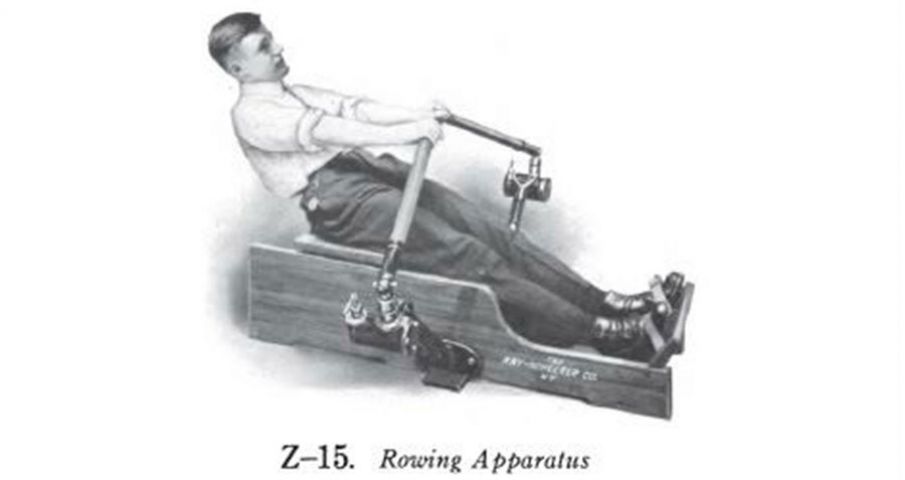
With the New Year upon us, now is the time to get your fitness routine back on track. One way to kick-start 2019 resolutions is a visit to any of the nearly 50 fitness facilities in and around Flatiron (some are offering January Joiner deals and discounts!). This month, the Flatiron/23rd Street Partnership explores the workouts of neighborhood residents in the late 19th and early 20th centuries.
During the period of the Gilded Age, the Flatiron District was in the midst of an economic renaissance. This New York City neighborhood was often seen by the public as a pillar for society’s nouveau rich and famous. Real Estate and Record Guide on May 16, 1914, viewed the vicinity as “an exceedingly high-class residential district. It was composed of splendidly built private houses. The sidewalks of both 22nd and 23rd Streets were shaded with trees from river to river.”
Palatial properties included the 70-seat dining room Jerome Mansion at 32 East 26th Street, which was owned by Leonard Jerome, a Wall Street stockbroker and also later the grandfather of British Prime Minister Sir Winston Churchill; the Fifth Avenue Hotel, a social gathering place for politicians, at 200 Fifth Avenue; and Delmonico’s, located at 212 Fifth Avenue, where notables noshed on the elegant eatery’s mainstay meals of Baked Alaska, Eggs Benedict, and Lobster Newburg.
This era of extravagance also gave rise to America’s physical fitness movement. According to the book Pop Culture Places by Gladys L. Knight, “Lifestyles of Americans changed drastically at the turn of the century. Inventions and technologies significantly lessened the daily burden of living; leisure time increased and life became more sedentary.” The author also notes the first U.S. gyms appeared in the late 19th century and “concurrent with the appearance of individuals who advocated the need for exercise and promoted an array of special custom-made exercise programs.”
One notable format of exercise equipment for the upper class was a portable gym, which could conceivably fit inside any grand-scale residence. “With home manuals the exercise enthusiast of the 19th century needn’t leave his or her home to get some activity, especially if they were the owner of a portable gymnasium,” reported the website Digital Public Library of America in 2015. “The portable gymnasium and system of exercises was remarkably egalitarian in its aim to help both men and women improve their health.”
In his 1861 manual The Portable Gymnasium, Gustav Ernst detailed more than 20 different forms of exercise to improve one’s physique. The BBC’s website described the gym in 2014 as “the apparatus, consisting of wooden boards of the finest mahogany with various pulleys, weights and cords attached, was designed for families wishing to reap the benefits of exercise and people with spinal problems.”
The website also gave an account of the workout attire most likely worn by women and men. “The manual shows women in full, puffy petticoats and tight-fitting bodices attempting activities such as leg extensions, downward traction, jumping exercises and chest expansions,” noted the BBC. “And the men are resplendent in long coats, shirts and accompanying neckties, looking remarkably dapper as they work up a sweat.”
Other popular forms of physical fitness during this era included boxing, stretching, lifting dumbbells, and tossing bean bags. “Throwing and catching objects in certain ways, requiring skill and presence of mind, not only affords good exercise of the muscles of the arms and upper half of the body, but cultivates a quickness of eye and coolness of nerve very desirable,” reported The Atlantic in 1862.
It was cycling, however, that truly captured the hearts of exercise enthusiasts. “People began riding bicycles for fun and as part of a more active lifestyle,” wrote the website My House Fitness in 2017. “In fact, there was an outright ‘bicycle craze’ in the 1890s when an increasing number of people began taking advantage of the improved technology of the machines. Even women were increasingly permitted to cycle, with feminist Susan B. Anthony referring to the bicycle as the “freedom machine.”
Today, Flatiron “maintains its status as a hub of fitness gyms and studios in New York City,” according to the Flatiron/23rd Street Partnership’s Where Then Meets Now report issued in the Fall 2018. “The Flatiron BID began tracking new fitness openings in the neighborhood in 2014, and since then there has been a 30.6% increase in the number of gyms and studios in and around the district.” These are numbers Flatiron is proud to have gained as well as the distinction as New York City’s “Fitness District.”
Photo Credit: Liven Up Health & Fitness




